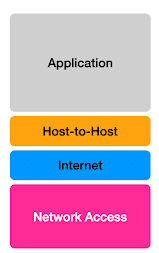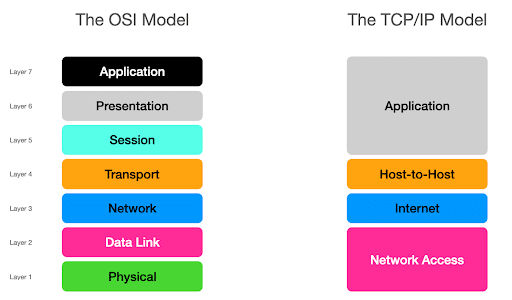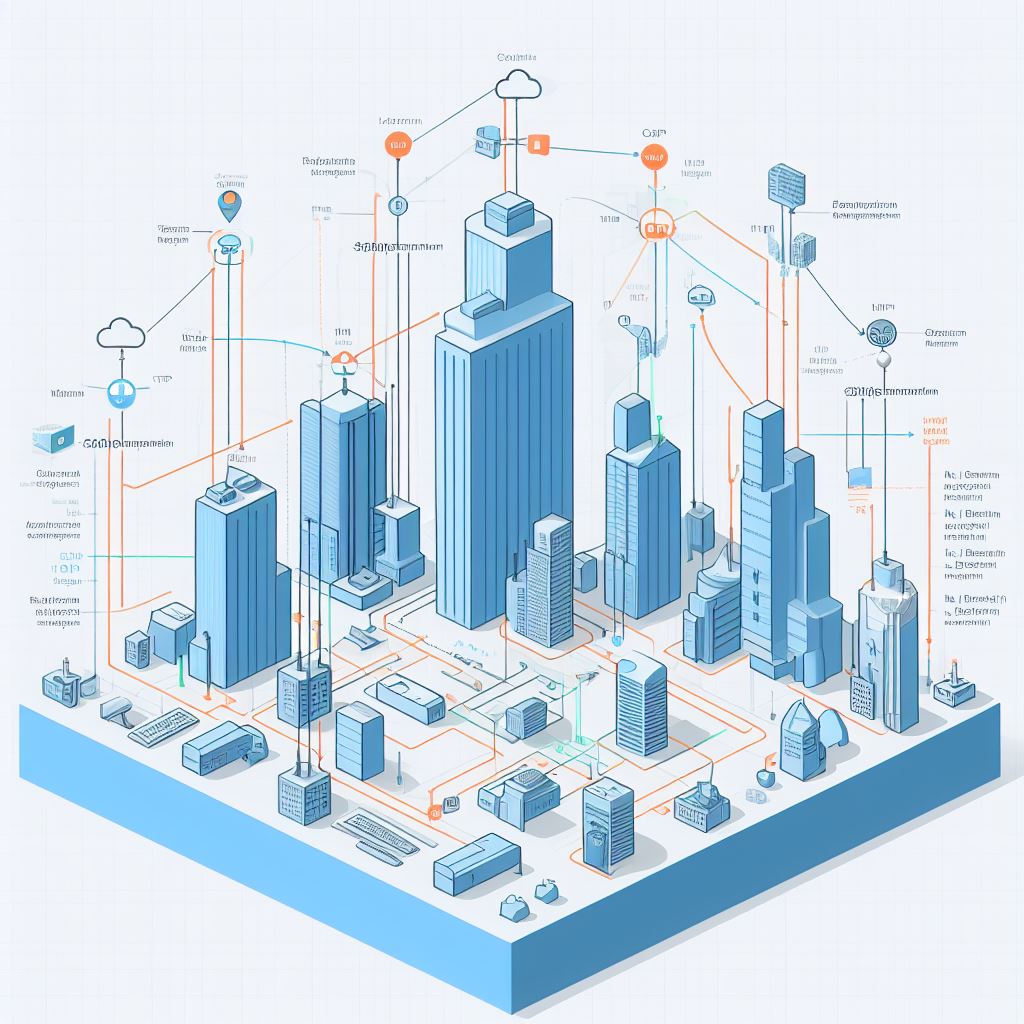Developed during the rise of the internet, this model offers a robust framework that has become the backbone of global connectivity. Unlike other models, such as OSI, the TCP/IP model simplifies the architecture into four main layers, providing the foundation for efficient interaction between devices on a global scale.
I invite you to read our article “OSI Model – Understanding the Network Communication Layers” to understand the complex web of network communication. If you already have knowledge, we can proceed.
Layers of the TCP/IP model

1. Network Interface Layer: equivalent to the combination of the Physical and Data Link layers of the OSI Model.
2. Internet Layer: corresponds to the Network layer of the OSI and deals with routing and IP addressing.
3. Transport Layer: similar to the Transport layer of the OSI, with TCP (Transmission Control Protocol) ensuring reliable delivery and UDP (User Datagram Protocol) for lighter communications.
4. Application Layer: encompasses functions of the Application, Session, and Presentation layers of the OSI, providing network services for applications.
Comparison
Both models share the main goal of facilitating communication in computer networks, but the main difference lies in the number of layers and the approach. While OSI has seven layers, TCP/IP has four, simplifying understanding and practical implementation.

In summary, the OSI Model offers a more detailed framework, useful for understanding networking concepts in depth, while the TCP/IP Model is more pragmatic and widely implemented in practice, especially on the Internet. Both are essential for network professionals, providing solid foundations for the design, implementation, and maintenance of communication systems.
Did you not find the information you were looking for? Do you have other questions? Do you want to help us improve the material? Do not hesitate to contact us and seek support from MKController! Click here for any questions.
If you have Mikrotiks in your network, enhance the control, efficiency, and remote access of your Mikrotik with MKController. Click here to try it now and discover the power of advanced and intuitive management to elevate your experience to new heights!


